You are here
Fanum Martis, a northern city with eastern rites
Located between the Bavay-Cambrai and Bavay-Tournai Roman roads, on the frontier between Nervien and Atrebates territories, the ancient town of Famars, covered an area of 80 hectares, but curiously figures neither in the Peutinger Table nor in the Antonine Itinerary.ts ancient name, Fanum Martis, indicates that there was probably a temple dedicated to Mars, still to be discovered. A city of Gallia Belgica, it was also an important Roman military camp (castrum) whose walls are still visible.
Archaeological discoveries were made in 1639 and the ancient town was explored in 1655. In the 19th century, its baths and aqueduct were partly excavated. Between 1917 and 1918, the German archaeologists G. Bersu and W. Unverzagt, profiting from the German occupation, studied the castrum enclosure and the muncipal baths. Much research has been carried out since the post-war period, revealing part of the history of the ancient agglomeration. Today, part of the Roman town is within an archaeological conservation area.
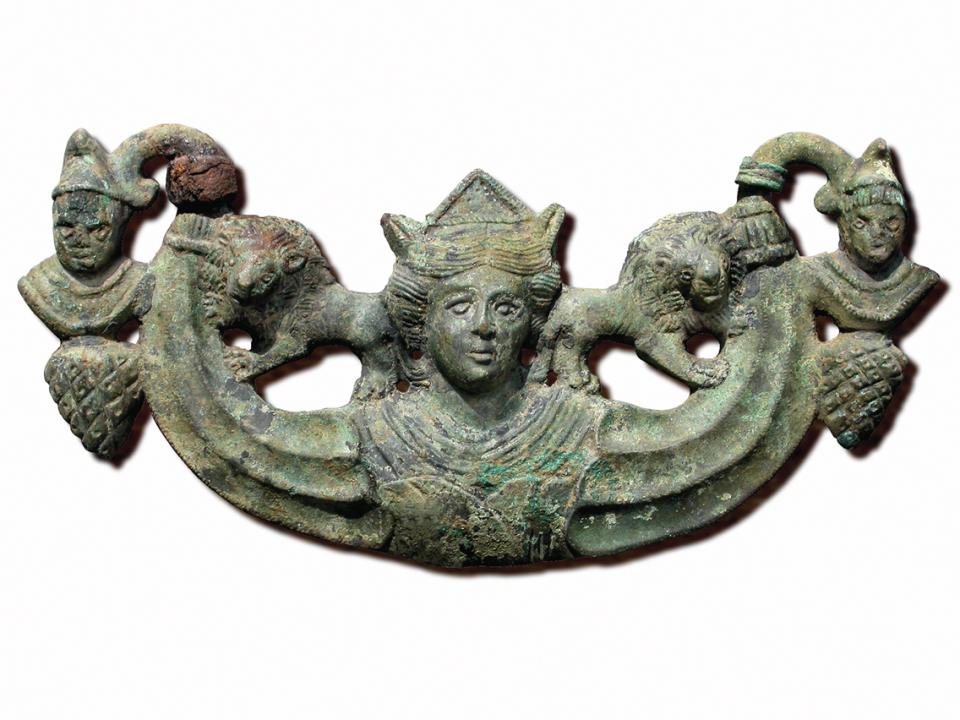
Fanum Martis from the 1st century AD to circa 320 AD
Numerous buildings bordered two perpendicular roads one of which followed the alignment of an aqueduct. The north-south axis opens onto a space around which several religious buildings were placed.
On the border of this zone there was a large public space limited by a large ditch surrounding the theatre, today under a housing estate.
Marble elements and sheet bronze fragments confirm the presence of large statues in the public space around a hexagonal building whose function has yet to be defined.
Bronze slag, small ingots as well as waste from metal-casting indicate the presence of a bronze maker's workshop. Moreover, numerous bronze objects (wall lamps, fibulae, pins, spoons …) have been found all over the area. A hoard of 134 bronze coins (late 2nd century AD) was hidden near one of the buildings.
Four kilns and their working areas are very well conserved. All heated limestone materials (chalk, marble, "Tournai blue stone") to produce the lime for the building of the castrum circa 320 AD.
The temple area
- vases with busts: the number of busts is based on the principle of the days of the week (seven), a concept known above all in the cult of the god Mithras in which the 7 days of the week and the 7 levels of initiation to the cult were fundamental. Typical of the city of the Nerviens, these vases carry 6 or 7 busts representing deities (planets),
- the zoomorphic vases: similar to the bust vases, they only figure Mercury and his attributes (goat, cock, two ram-headed serpents, purse, caducea). The cult of Celtic Mercury was very popular in this city of Nerviens. Protector of the arts he was above all worshipped by potters or bronze metal-workers.
- a bronze bracket: the goddess Cybele is the central element of this object in which Attis with his Phrygian cap, a pine cone and two lions also figure. The Persian goddess was very popular during Emperor Claudius's reign, but it was during the 2nd and 3rd centuries that oriental cults developed. Cybele, much in love and deceived by Attis struck him with madness and pushed him to castration.
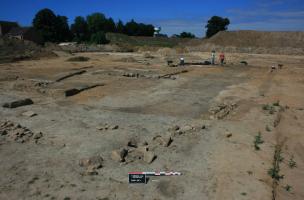
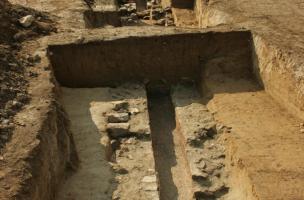

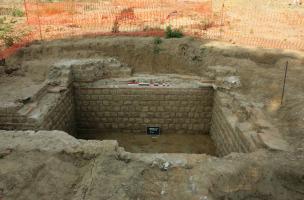
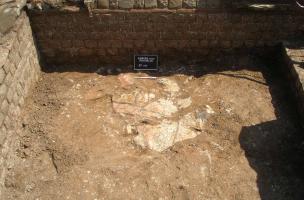
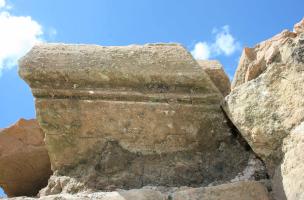
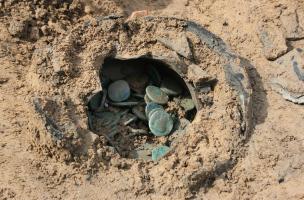
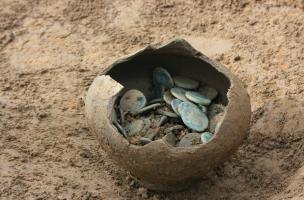
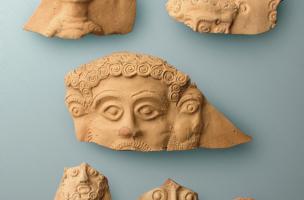
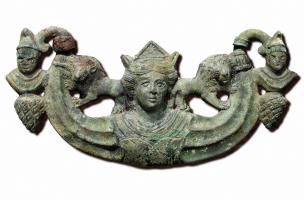
Mahaut Tyrrell
Media communication
Inrap, media partnerships and relations department
+33 (0)1 40 08 80 24
mahaut.tyrrell [at] inrap.fr

